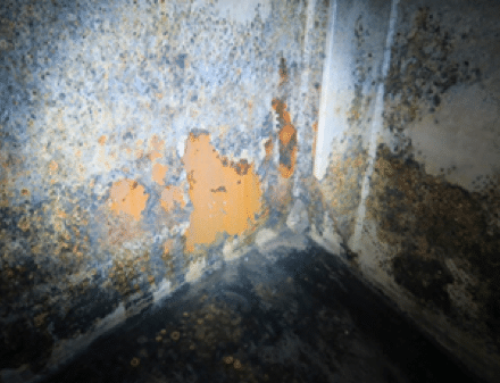At CCS we’re always looking for inspiring ways to share our work and give people a unique insight in the world of superyachts.
This interview is a perfect way to do so. Today we talk to CCS paint consultant Michel Langhout. Want to tell your yacht story? Get in touch!

Where does your love for yachts come from?
For me it’s more than love for superyachts, my passion is what paint and transformation paint (and filler) can do to any object. As son of a sub-contractor I grew up with paint, I remember as a little kid my dad always took me to the shipyards in Makkum or Hamburg to see the yachts being built. I especially love the transformation from a steel hull to a beautiful shiny yacht. That’s the evolution that paint and filler can create.
What is your favorite yacht?
I love new innovations so at this moment my favorite yachts are concepts. A new innovative project is the J-34 tender designed by Jachtwerf De Jong, from the Frisian city Joure in collaboration with Vripack. Another concept yacht worth mentioning is the futuristic Black Swan, designed by Timur Bozca, especially the untraditional shapes and design is great to see. If I have to mention a yacht that is cruising the seas, it has to be Madame Gu, a beautiful yacht with a great color scheme.
What is the best part of your job?
Besides traveling the world and being involved in building the greatest yachts sailing the seas? For me, it’s meeting or even exceeding the expectations of the owners and there team. If all parties involved look back on a successful project and the involvement of a CCS consultant has provided that extra input to make a project great is the best part of my job.
What have been the most important developments in the industry lately?
The challenges faced by paint manufacturers to reduce VOC’s (Volatile Organic Compounds) in their products for environmental issues is a big one. Also, you see a tendency towards the ecological side of a vessels trade. With the implementation of f.i., the IMO for Water Ballast Tank treatment systems. In these systems water used for ballasting is ‘cleaned’ from bacteria, larvae, eggs and microbes. This to prevent species entering their new habitat once de-ballasted and out-competing native species and multiplying into pest proportions. Lastly, a move is made towards so-called Foul Release systems for underwater hulls. The use of these products compared to conventional anti-fouling systems is an ecological solution for owners. Besides the fuel savings that can be obtained, no heavy metals are released in the seawater. As a result the silicone-based products have less impact on the sea life.




